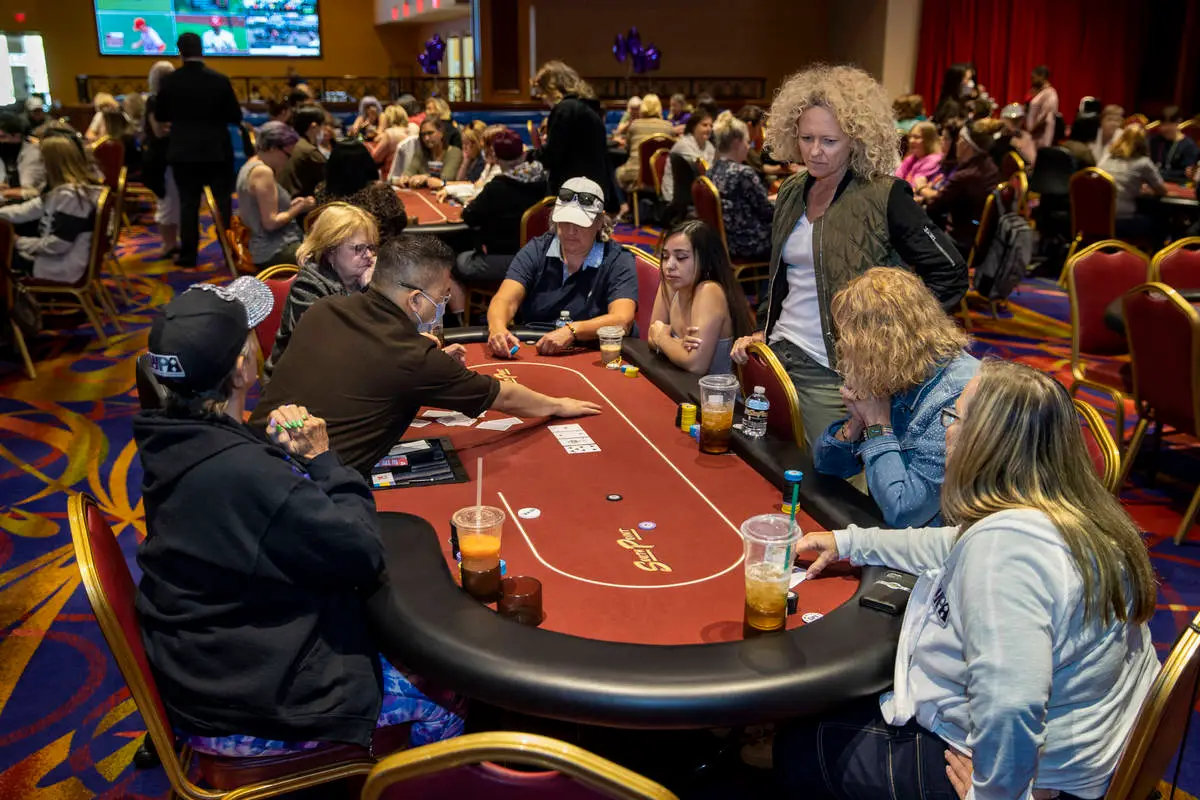Poker Strategy – How to Win With a Poker Chip Database
Poker is a game of chance, but this doesn’t mean that you can’t be a winner at it. Poker is any of a multitude of card games where players bet over which hand is most likely to win based on the rules of that game. The object of the game is for players to gain the most at the end, and not necessarily to end up with the highest hands. Many players may play a few hands over the course of many weeks or months without winning anything significant, but others will play several hands per day and pick up some substantial wins. As a matter of fact, many successful professional poker players have been amateurs before they became successful.
One factor in determining how successful you are at Poker is how the cards are dealt. In most Texas Hold’em games, the cards are dealt from left to right over the table, and never one card is turned over. There is usually an odd number of outs at the beginning of each round, and the dealer will deal the deck to one of them, then keeping the rest for themselves. You have to be able to read the cards and choose when it is your turn, and when your opponent has theirs, and so forth. If there are no cards out and you think you may have a winning hand, you have to make the minimum number of bets to stay in the game, and then you must call.
Before the flop, all players should carefully look at their cards, to see what their best possible hands are. This means that after the flop, all players should have looked at their cards and took out those that seem strongest, since there is the chance that they may have the best possible hand. You don’t necessarily have to make the highest bet possible on the flop; you just need to be confident that you have the best possible hand. You may have to bluff your way to the win sometimes, but if you do your opponents will eventually come to see that you aren’t bluffing and will fold.
The second part of the optimal play technique involves deciding what your opponent will do. There are two different ways that your opponent can end up having the same cards as you, or having the exact cards that you have. If your opponent has both Ace/King/Queen you have a good chance of either getting a straight or a flush, depending on which cards are kept by your opponent. If your opponent has just any old pair of cards, you probably have a pretty strong hand. When you go for the exact cards, be sure to look at your opponent’s hand, and then determine if you believe it to be a strong hand, or if it is simply a poor hand.
The final part of the optimal Poker strategy involves betting out. You can either get out or stay in the game and raise the bet to fifteen or more cards. Most people tend to stick with the one or the other, but sometimes a combination will work better, especially when you are involved in a big hand. It all comes down to deciding if you think you have a strong hand, or a poor hand, based on the overall cards that your opponents have.
The final part of the optimal Poker strategy involves raising your hand and betting out. Raising your hand will usually be more profitable than betting out, because it will usually net you a better hand, even if your opponent has a higher card than you do. Most people tend to play strictly with one pair, two cards, and three cards, because it is difficult to win any pot with more than that. Keep in mind, that most tables will have you play with a single card and sometimes two cards, so depending on the table size, sometimes three cards may be required. However, having a full house is often not advisable, unless you have an astronomical amount of chip stack.

















